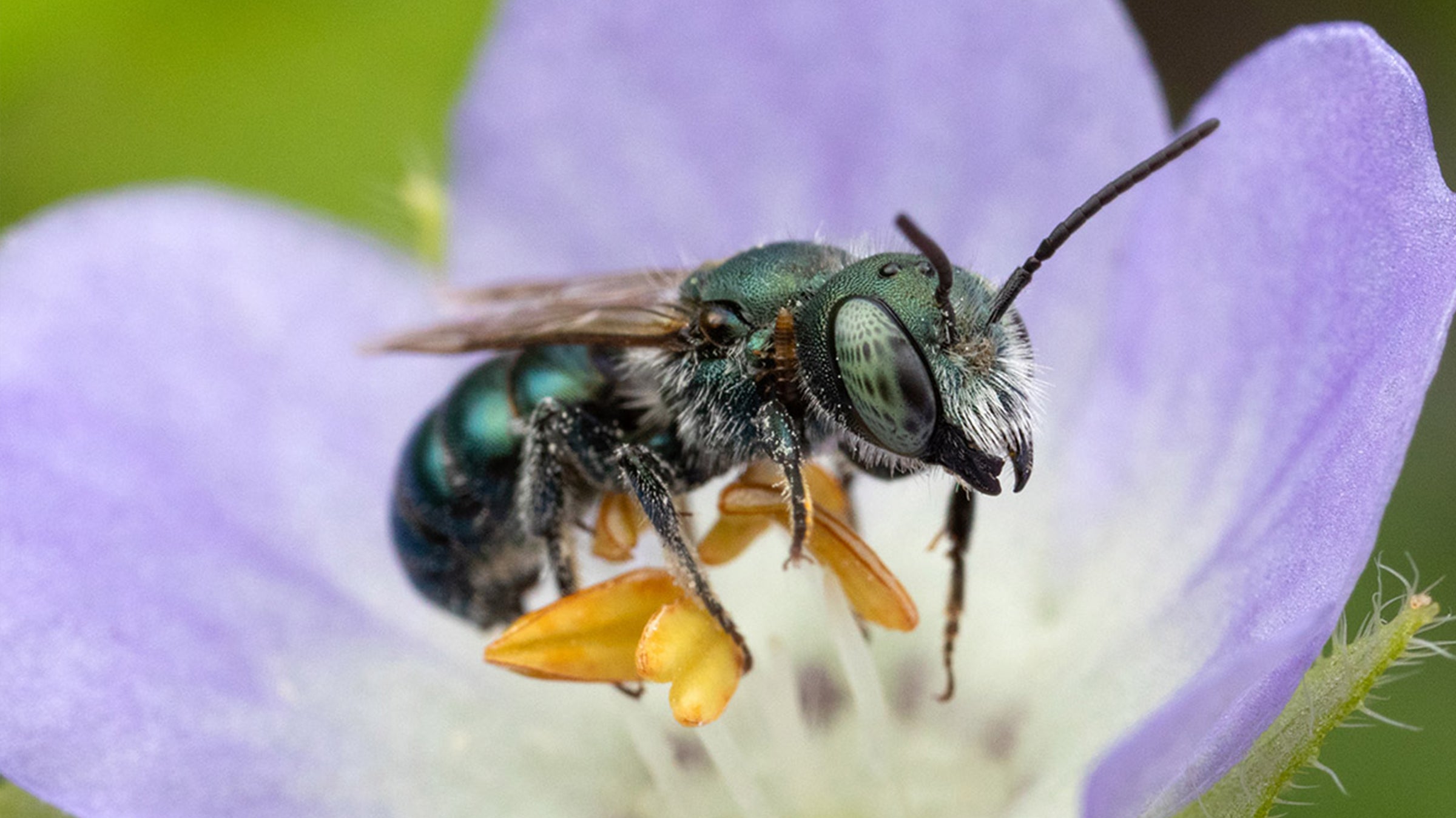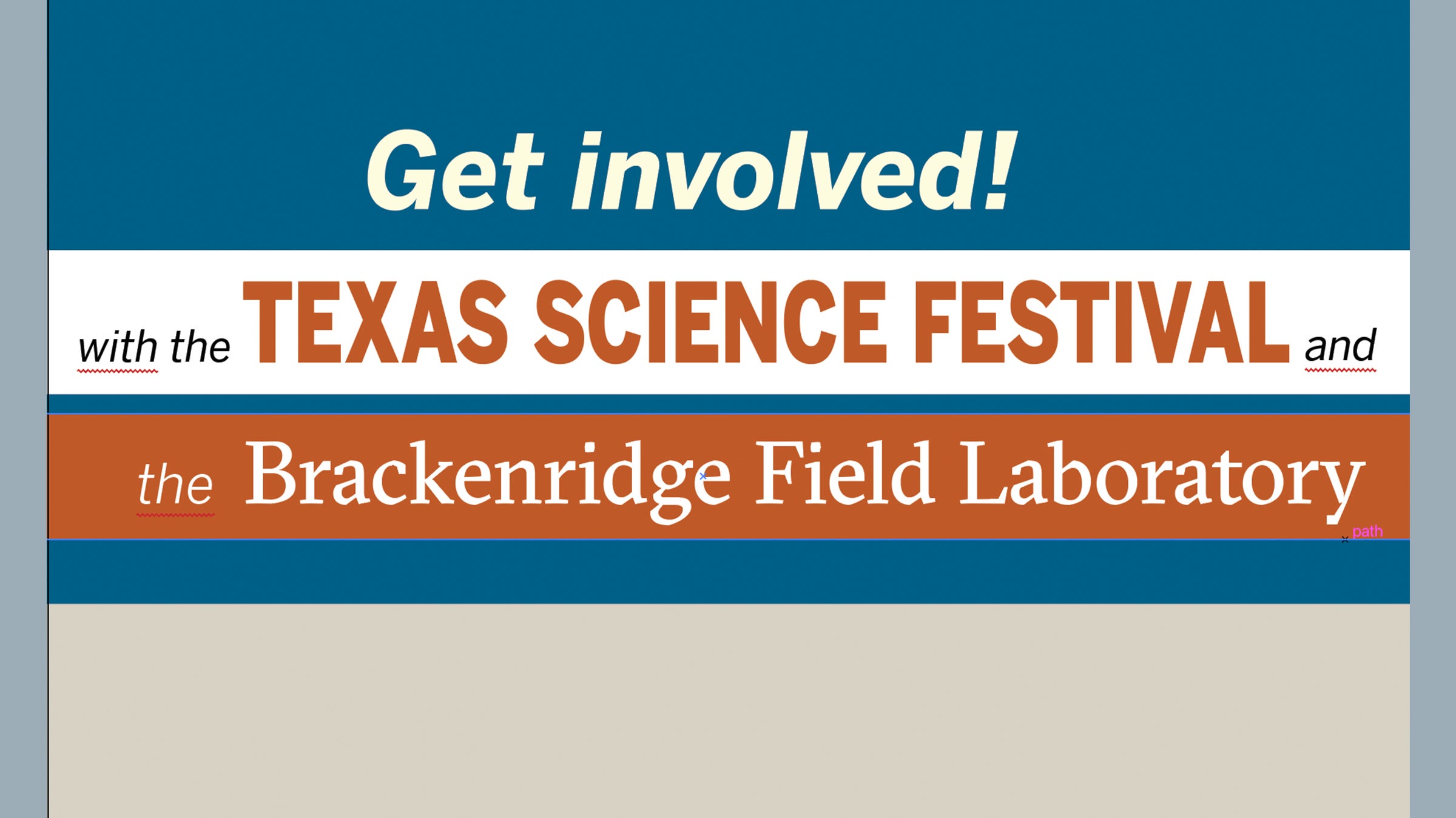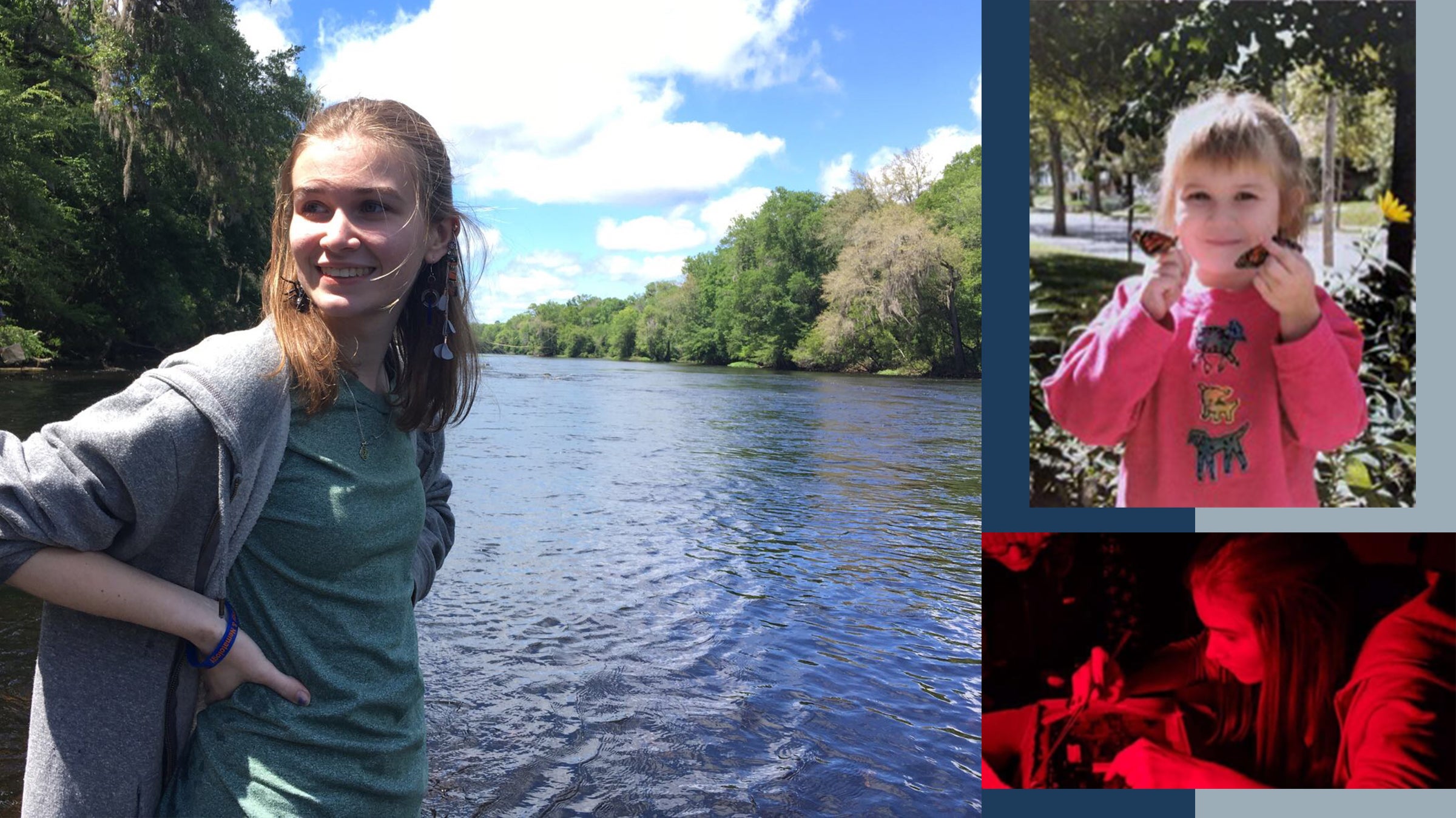
Guillaume Dury is one of our 2022 Stengl-Wyer Scholars who will be working in the lab of Dr. Brian Sedio. As part of the Stengl Wyer Endowment, the Stengl Wyer Postdoctoral Scholars Program provides up to three years of independent support for talented postdoctoral researchers in the broad area of the diversity of life and/or organisms in their natural environments.
Guillaume graciously gave time for an interview on his background and fascinating current work.
Tell us where you came from before becoming a Stengl-Wyer Scholar, and what you studied then?
I just completed my Ph.D. at Indiana University Bloomington with my co-advisors Dr. Michael Wade and Dr. Jennifer Lau. I studied the evolutionary consequences of parental effects using a combination of systems: mouse cress, dung beetles, and population genetic modelling. Parents of many animal and plant species can tailor their offspring to specific environments, and I find that to be fascinating! Before that, I got a master’s degree at McGill University and the Smithsonian Tropical Research Institute, where my work combined molecular phylogenetics and natural history observations of leaf beetles (Coleoptera: Chrysomelidae: Chrysomelinae). In documenting the host plants of these specialized beetles, I found that the phylogeny of the herbivores did not match the phylogeny of their host plants. The lack of congruence between the phylogenies of leaf beetles and their host plants points towards plant chemistry being more important in determining host associations of leaf beetles than coevolution. Since then, I have been curious to study the evolutionary consequences of plant defenses.
How would you describe your research broadly?
At the broadest scale, I’m an evolutionary biologist interested in interactions. These include interactions between herbivores and their hosts, parents and their offspring, and organisms and their environment. In my research on these many interactions, I’ve used a combination of laboratory experiments, field experiments and theoretical modelling. I also really enjoy natural history and I keep it in mind to highlight interesting questions and inform my research. In terms of organisms, I am particularly drawn to plants and insects, in part because they’re both always present around us!



